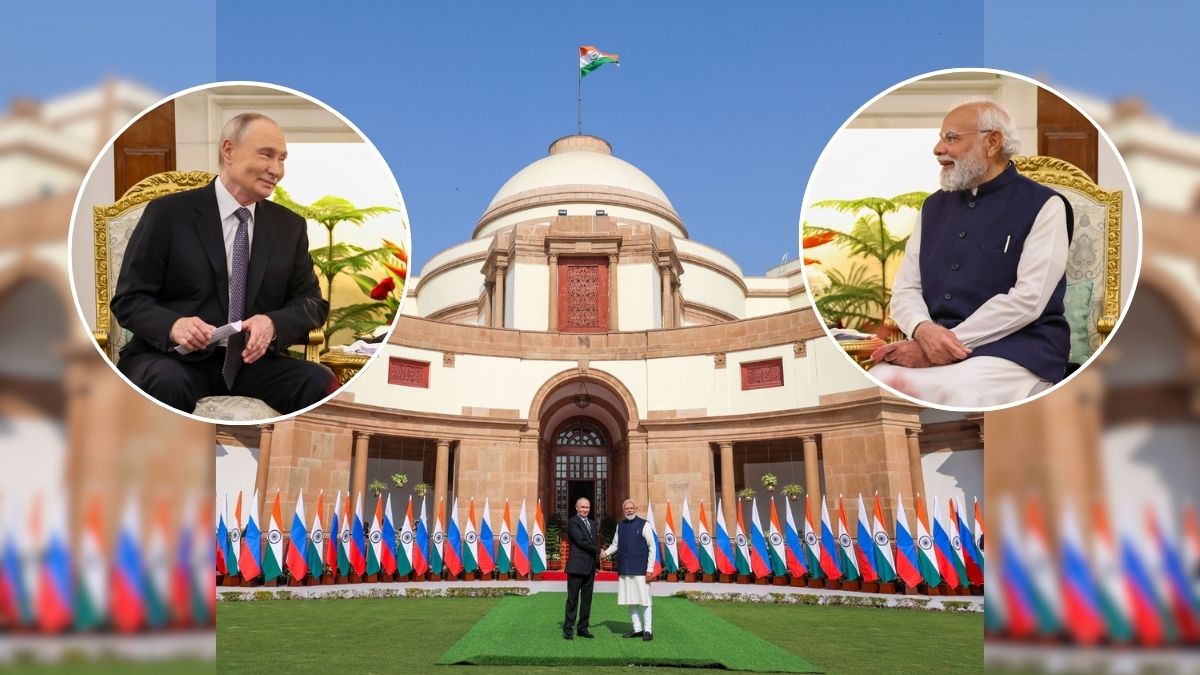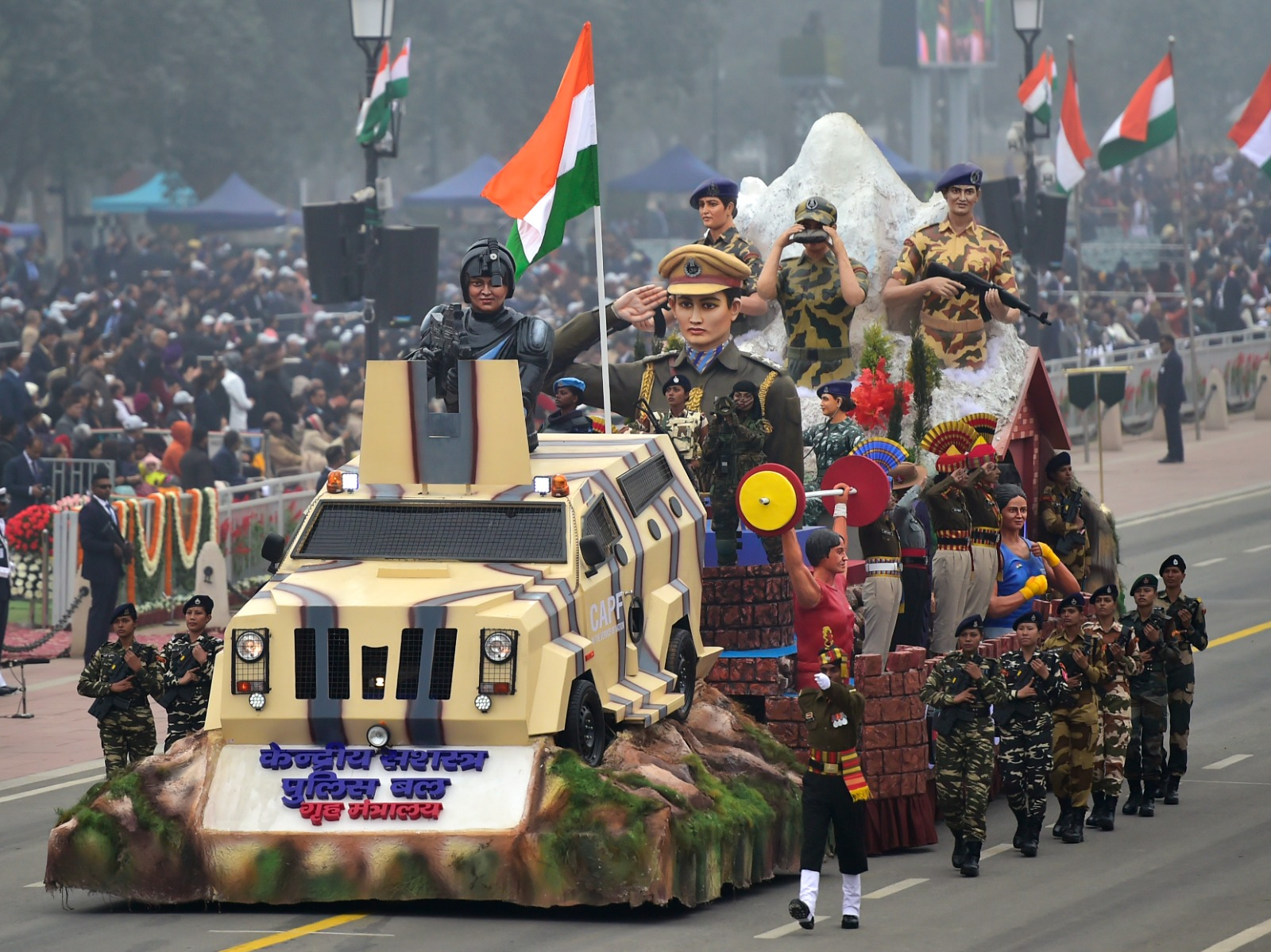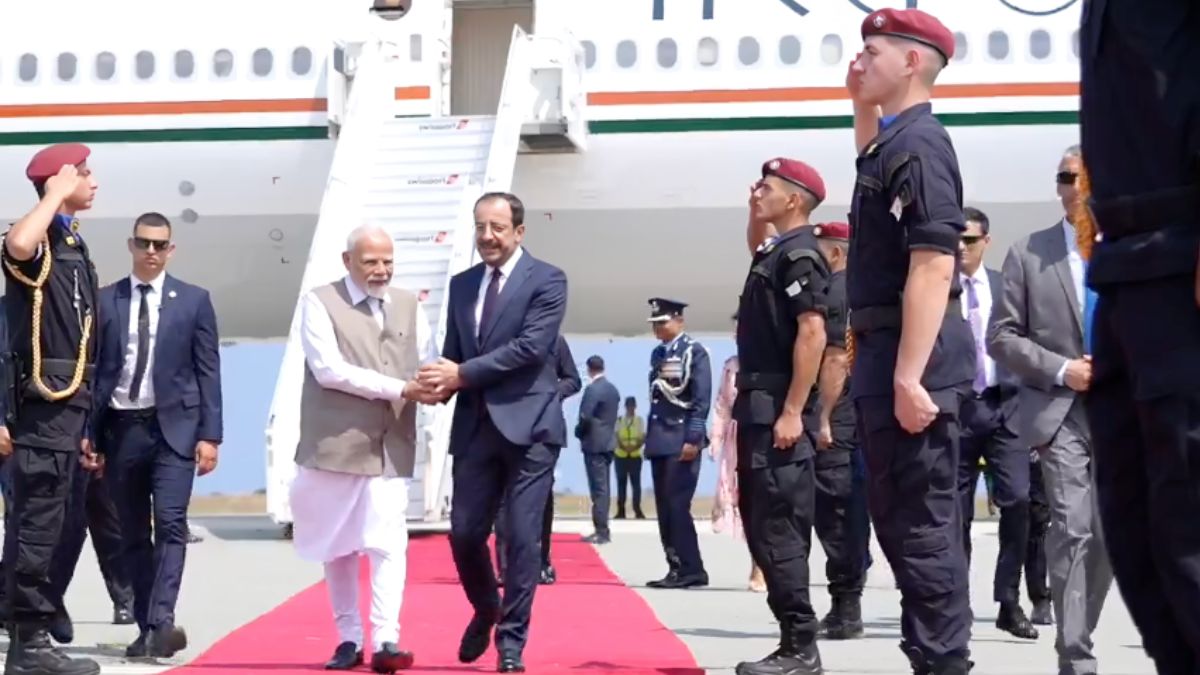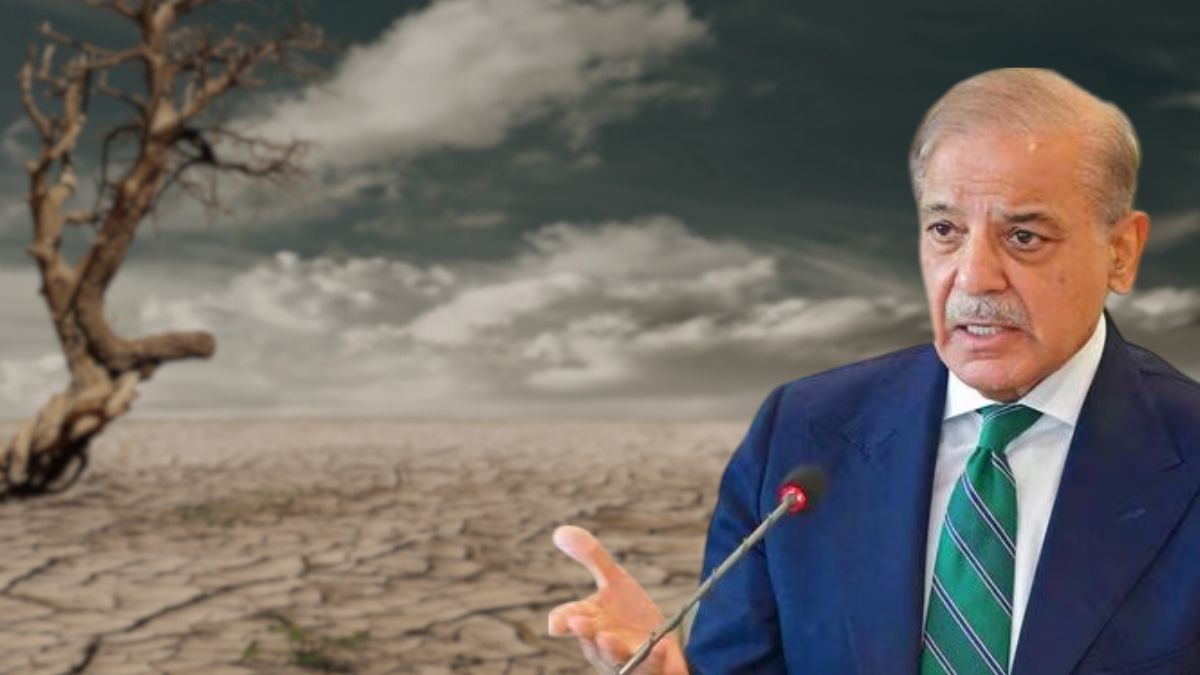Remembering Tibet: Exiled Communities In India Keep Alive Memories Of Occupied Motherland
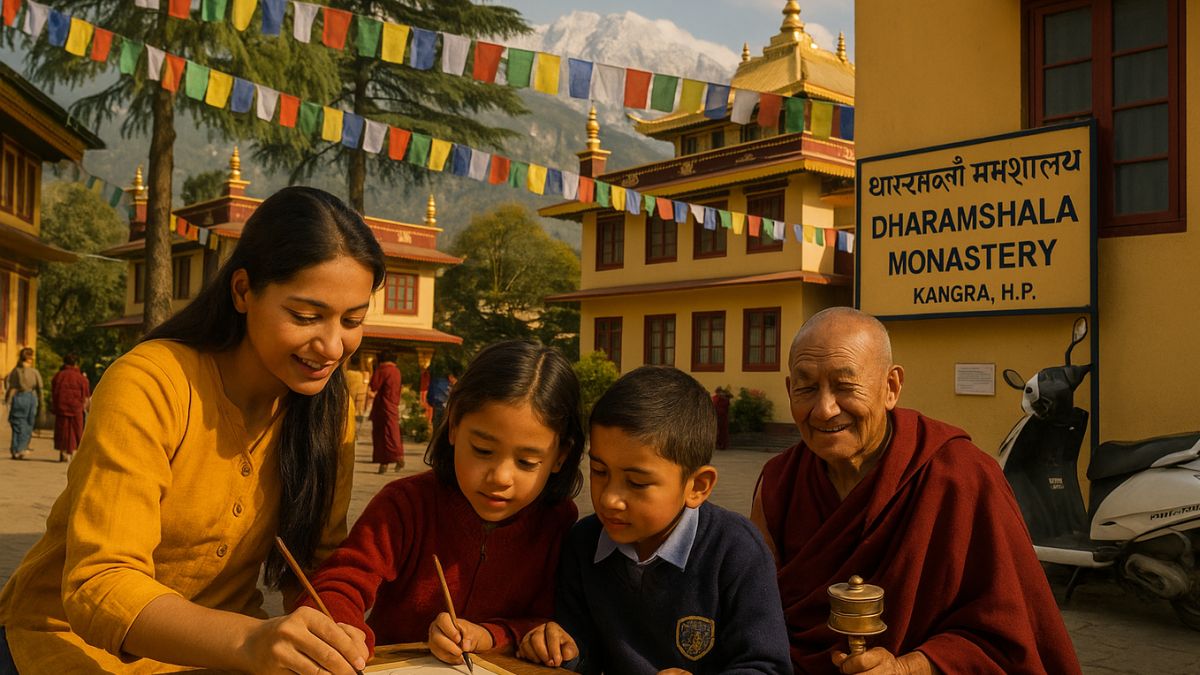
The Tibetan communities in India are keeping their culture and memories of their homeland alive, passing on knowledge to the younger generation. Image courtesy: AI-generated picture via DALL-E
For more than six decades, Tibetan communities have taken root in India, shaped by displacement but held together by a commitment to memory and tradition. When the Dalai Lama and thousands of followers fled Tibet in 1959, they built new settlements in Dharamshala, Karnataka and Uttarakhand. These enclaves remain the heart of exile, where cultural preservation is seen not only as duty but survival.
Today, a generation of young Tibetans, many of whom have never set foot in their ancestral homeland, are carrying forward this task. Their lives are framed by a tension between longing for return and the everyday realities of life in India.
How do Tibetans maintain their identity in exile?
Schools and institutions created under the guidance of the Dalai Lama and the Central Tibetan Administration are central to this effort.
Tibetan language, history and religious philosophy are taught alongside standard curricula, while cultural academies such as the Norbulingka Institute nurture skills in art, theatre and Buddhist studies. Monasteries remain vital, not only as spiritual anchors but as guardians of cultural expression.
For many families, transmitting Tibetan language and customs to their children is a conscious act, a way to resist dilution. Yet young people often describe themselves as a small minority within India, a feeling that generates both pride and uncertainty.
What challenges do young Tibetans face in India?
Adapting to Indian society brings practical hurdles. Identity questions weigh heavily, as integration pulls in one direction while the longing for Tibet pulls in another. Economic realities often drive young Tibetans to cities beyond the settlements, where opportunities are greater but cultural ties weaker.
Declining populations in some settlements now threaten the sustainability of schools and community life.
The pressure to modernise adds another layer. Traditional practices and rituals compete with the appeal of urban migration and global consumer culture. For many, the risk is not outright rejection of their roots but a quiet fading of language, festivals and collective rituals.
How are new forms of cultural expression emerging?
Despite these challenges, Tibetan youth are reshaping identity in creative ways. Music, contemporary art, digital storytelling and social media activism provide new avenues to connect with heritage. These forms allow younger Tibetans to speak both to their own community and to global audiences.
Faith remains central. Reverence for the Dalai Lama and the practice of Tibetan Buddhism continue to offer spiritual stability and collective belonging. Youth organisations and activist groups channel frustration into advocacy for Tibetan rights, keeping alive the political as well as cultural dimensions of exile.
The outcome is a hybrid identity. Tibetan youth in India grow up negotiating both their inherited culture and the realities of Indian life. What emerges is not a simple narrative of loss, but one of reinvention. Through language, art, activism and faith, they are finding ways to sustain Tibet in exile while imagining futures that are both Tibetan and Indian.


